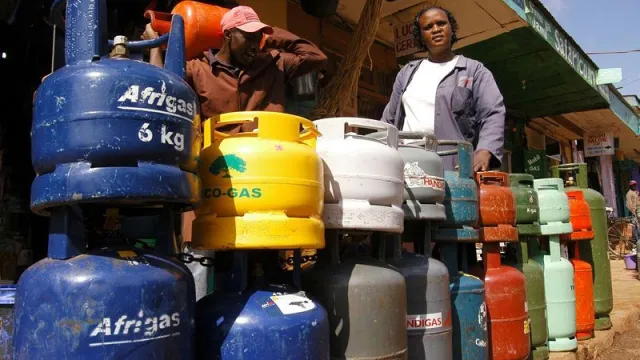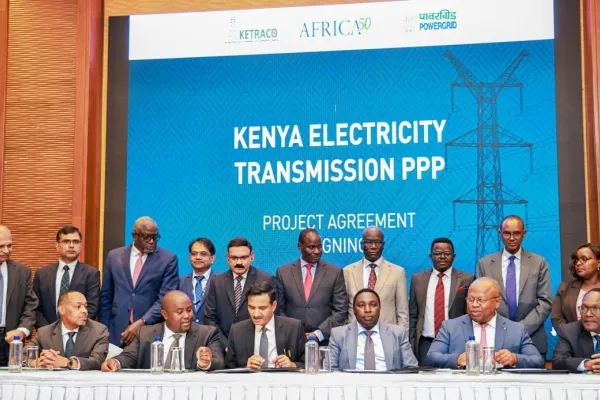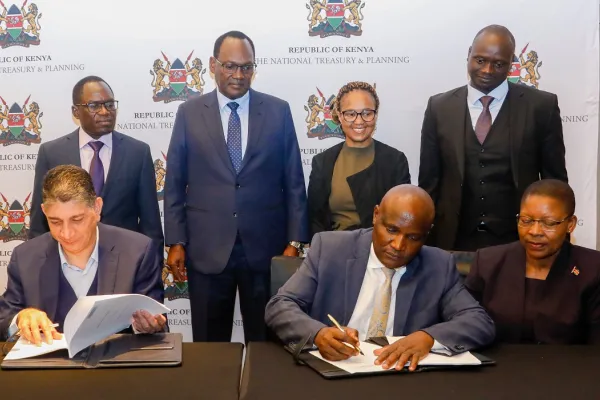Kenyans quit cooking gas in droves on steep costs

Kenyans quit cooking gas in droves on steep costs
Sky-high prices of cooking gas especially in the wake of Russia-Ukraine war have seen a high number of Kenyans dump use of Liquefied Petroleum Gas (LPG), latest data from by the Kenya National Bureau of Statistics (KNBS) show.
According to KNBS, usage of LPG fell by 35 percent to 123,150 tonnes in the six months to June 30 this year, compared to the 188,850 tonnes consumed during a similar period last year.
Save for the Russia-Ukraine conflict, the Kenyans’ aversion to LPG in the first six months of the year was also fueled by the 16 percent value added tax (VAT) on slapped on the commodity in July last year, before it was halved to 8 percent in June when former President Uhuru Kenyatta signed Finance Bill 2022 into law.
The considerable rate at which consumers are abandoning the source of energy speaks to worsening living standards in Kenya as workers refashion their spending habits in favour of cheaper and dirtier fuels such as kerosene and charcoal.
LPG is the second most used household fuel in the country at 24 percent, with its frequency in urban areas reaching 52 percent compared to a 5 percent prevalence in rural areas where firewood is ubiquitous.
Read also: Kenya pump prices jump to historic high as Ruto scales back on fuel subsidy
Kenyans in the countryside are heavy on firewood usage which stands at 84 percent, while the national prevalence is a bit lower at 55 percent.
The surging LPG costs forcing Kenyans to use dirtier energy resources like firewood, charcoal and kerosene are likely to dislodge the country from her climate goal of cutting carbon emissions by 30 percent in the next eight years.
In 2015, Kenya committed to climate action in a submission to the United Nations where the government pledged to meet the aforementioned target by increasing forest cover, scaling green energy while reducing reliance on wood fuel.



